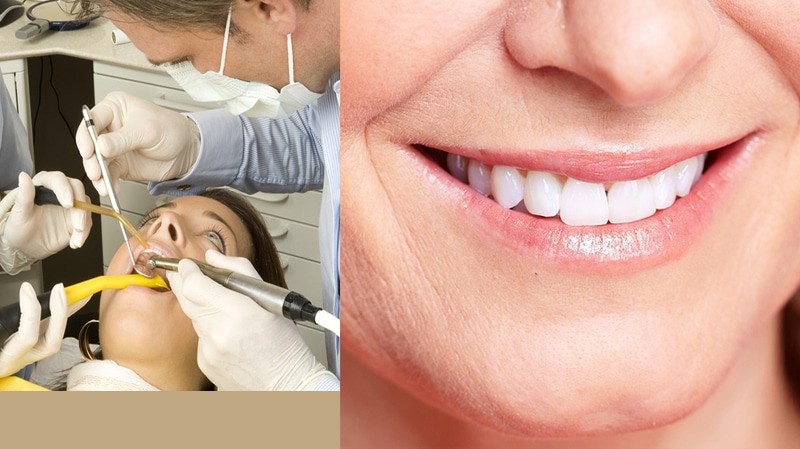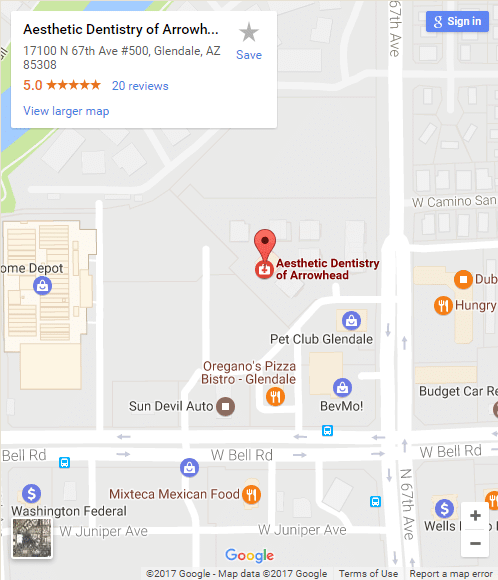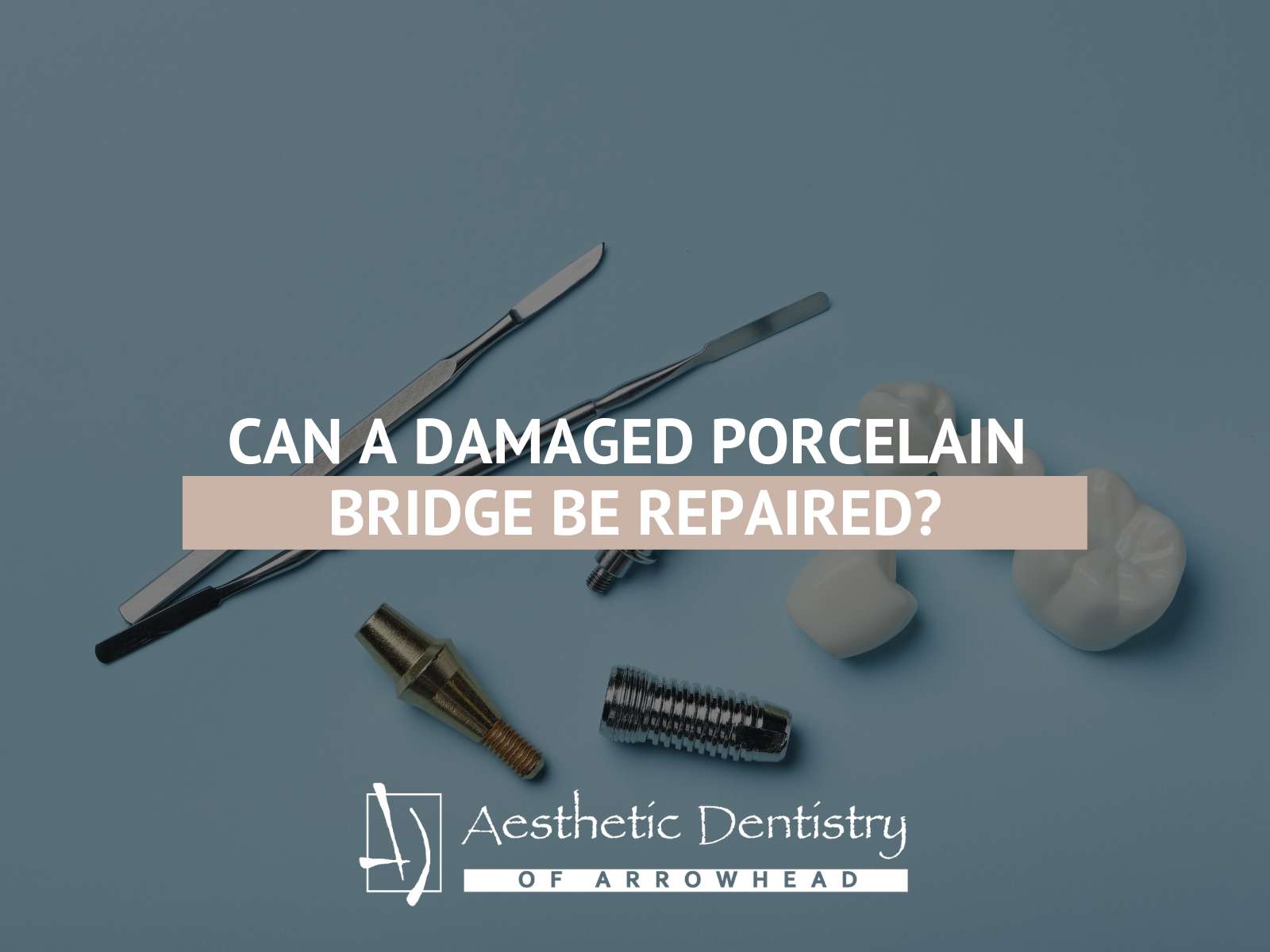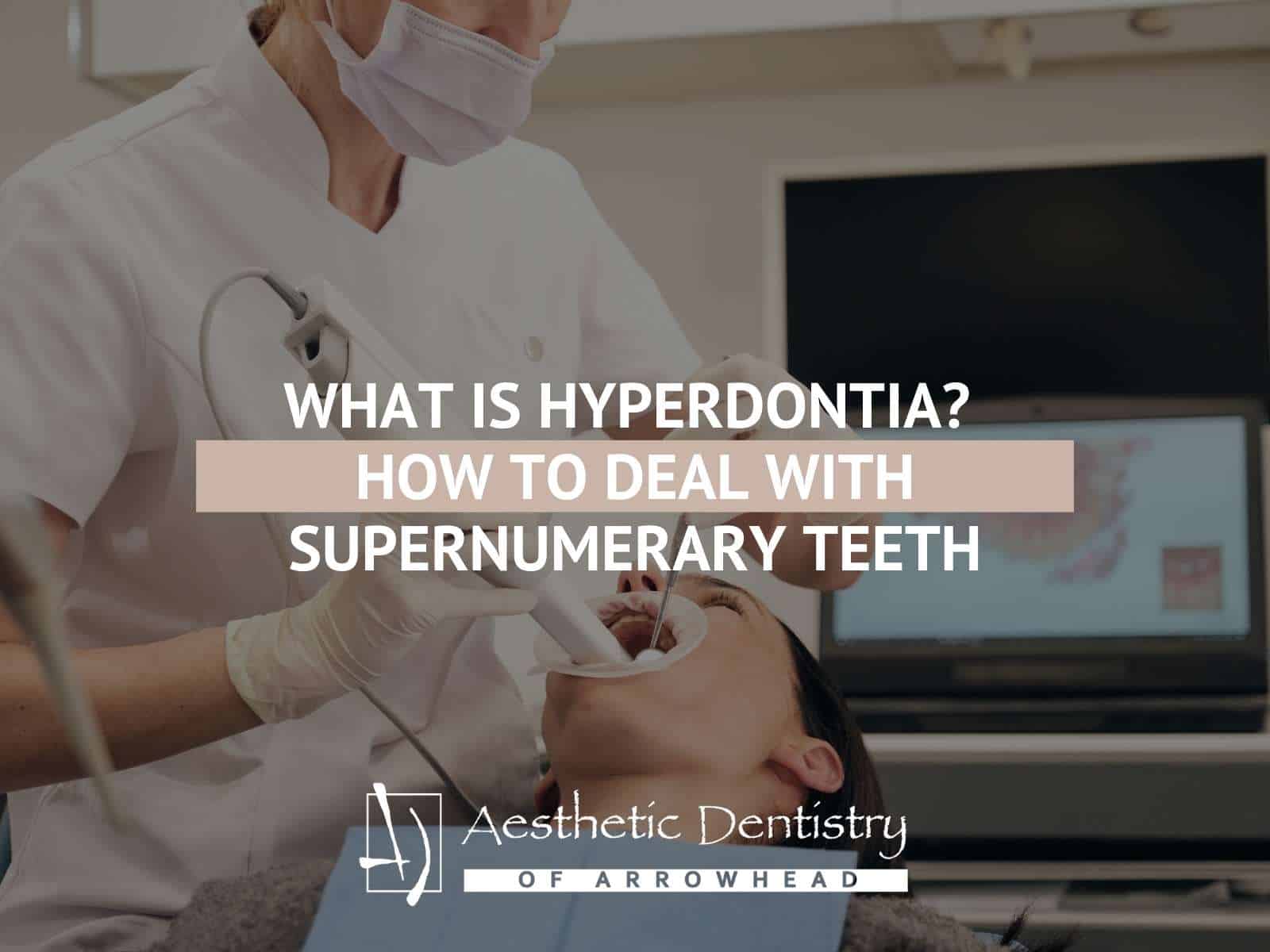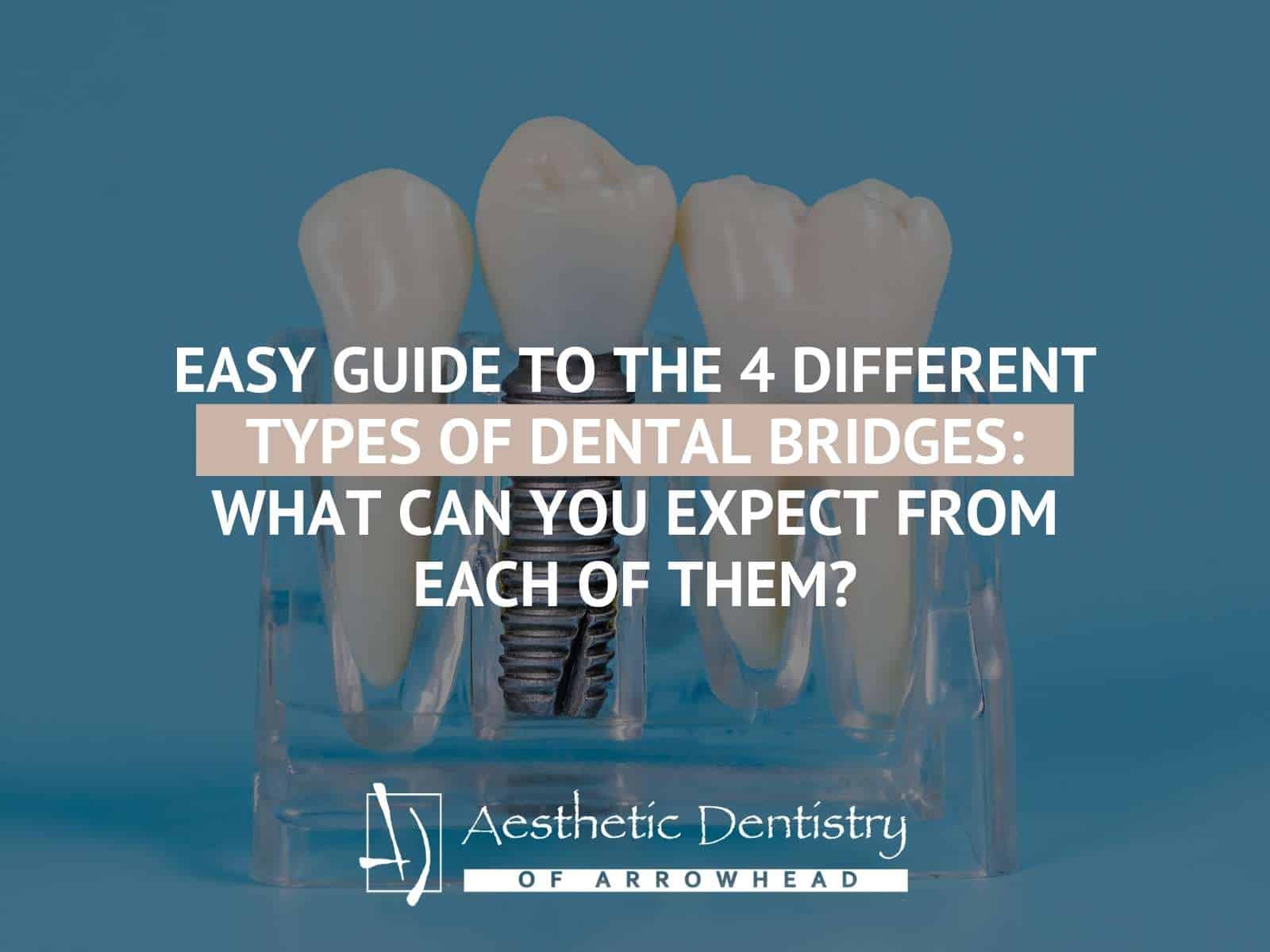Dry Socket
Dry socket, or alveolar osteitis, is a post-operative complication that can occur after a tooth is extracted. Dry socket can prevent the extraction site from healing properly. It happens when the blood clot formed after the surgery is lost prematurely or does not develop properly, leaving the bone and nerve exposed to food, drink, air, saliva, and anything else that enters your mouth. The blood clot assists in healing, and is necessary for new tissue and bone to develop correctly.
Risk factors can include preexisting bacterial infection in the mouth before the extraction takes place, poor blood supply to the jaw due to nicotine, hormones, or a dense jawbone, or mechanical dislodgement of the clot due to sucking through straws, spitting, excessive rinsing of the mouth, or dragging on a cigarette. Women taking oral contraceptives can also be at increased risk, and may wish to schedule their dental extraction at their lowest dose of estrogen, and other medications that affect blood clotting should be mentioned to your dentist before the procedure.
You can tell if you have dry socket with the development of throbbing pain that may extend up to your ear over a few days, bad breath, and a bad taste in your mouth about two to four days after you tooth has been extracted. While only about two to five percent of tooth extraction patients experience dry socket, it is important to contact your dentist if you develop these symptoms to ensure the socket is cleaned and dressed to promote healing, and prevent the infection from becoming more severe.
Contact Dr. Ceyhan immediately if you are experiencing any of the symptoms of dry socket. Easily accessible to patients in Glendale, Peoria, North Phoenix, and the surrounding areas, he can assist you with the treatment of this condition or determine if there is another underlying cause to your discomfort.

